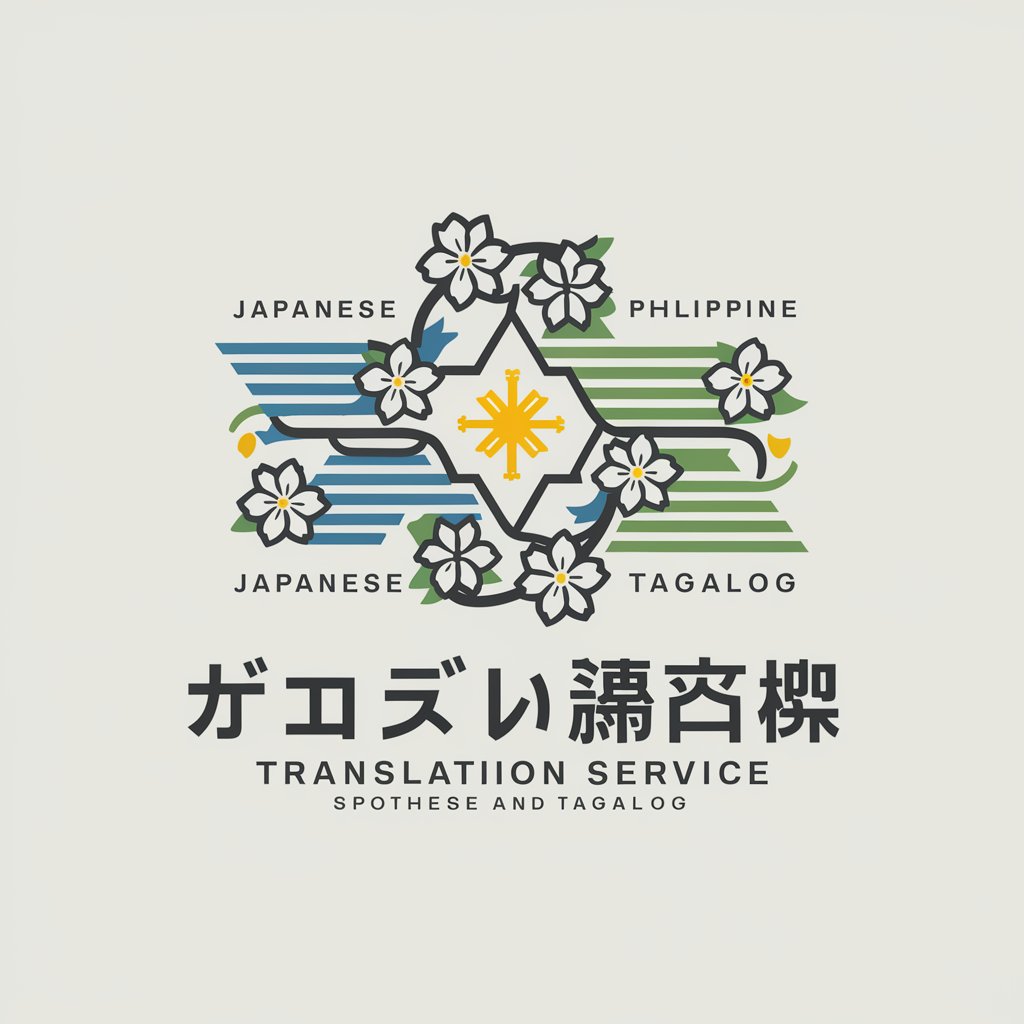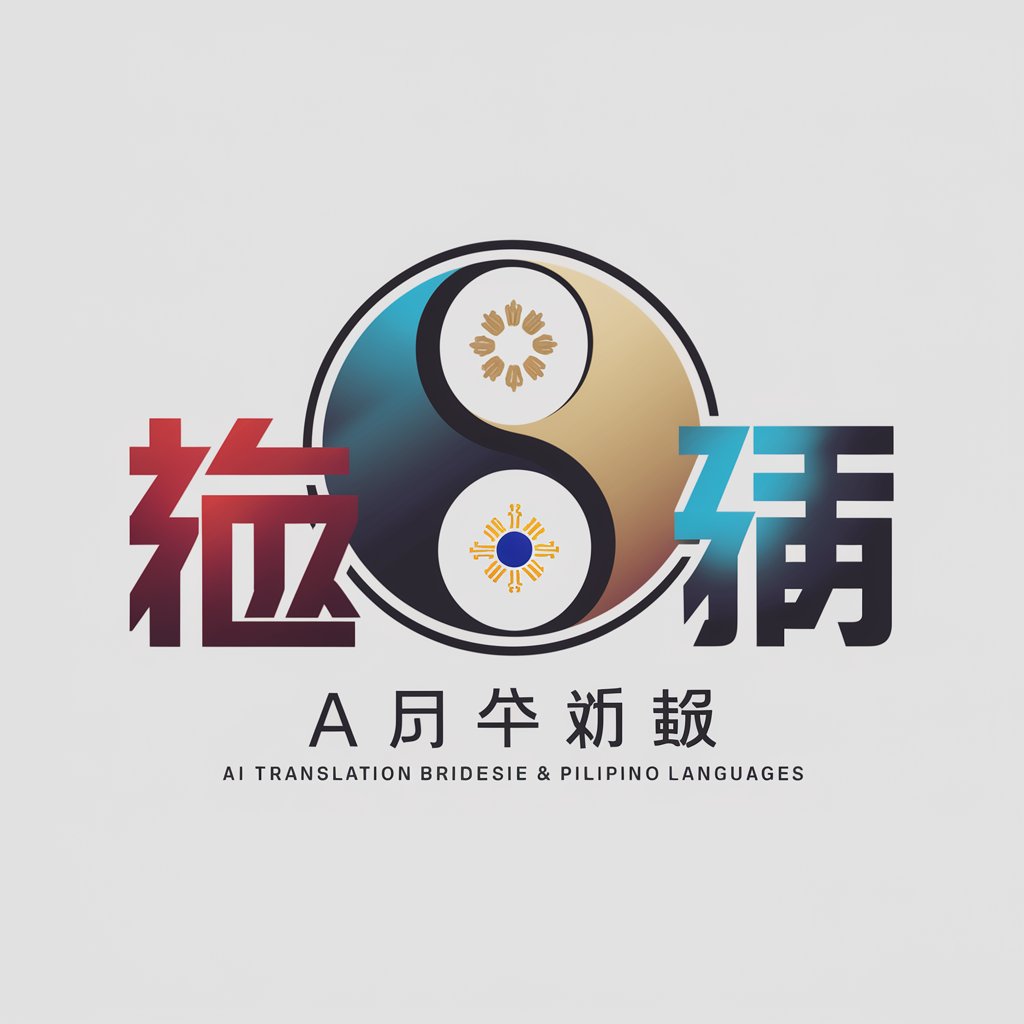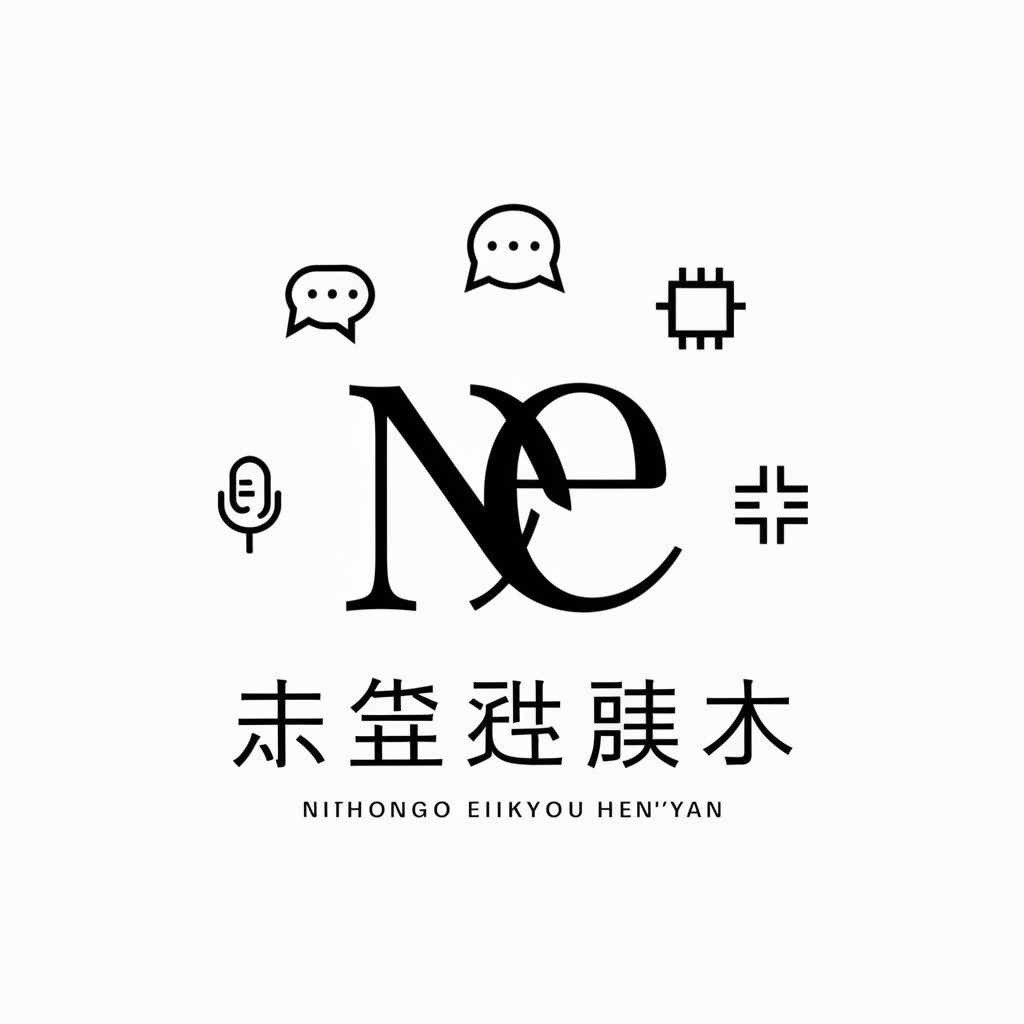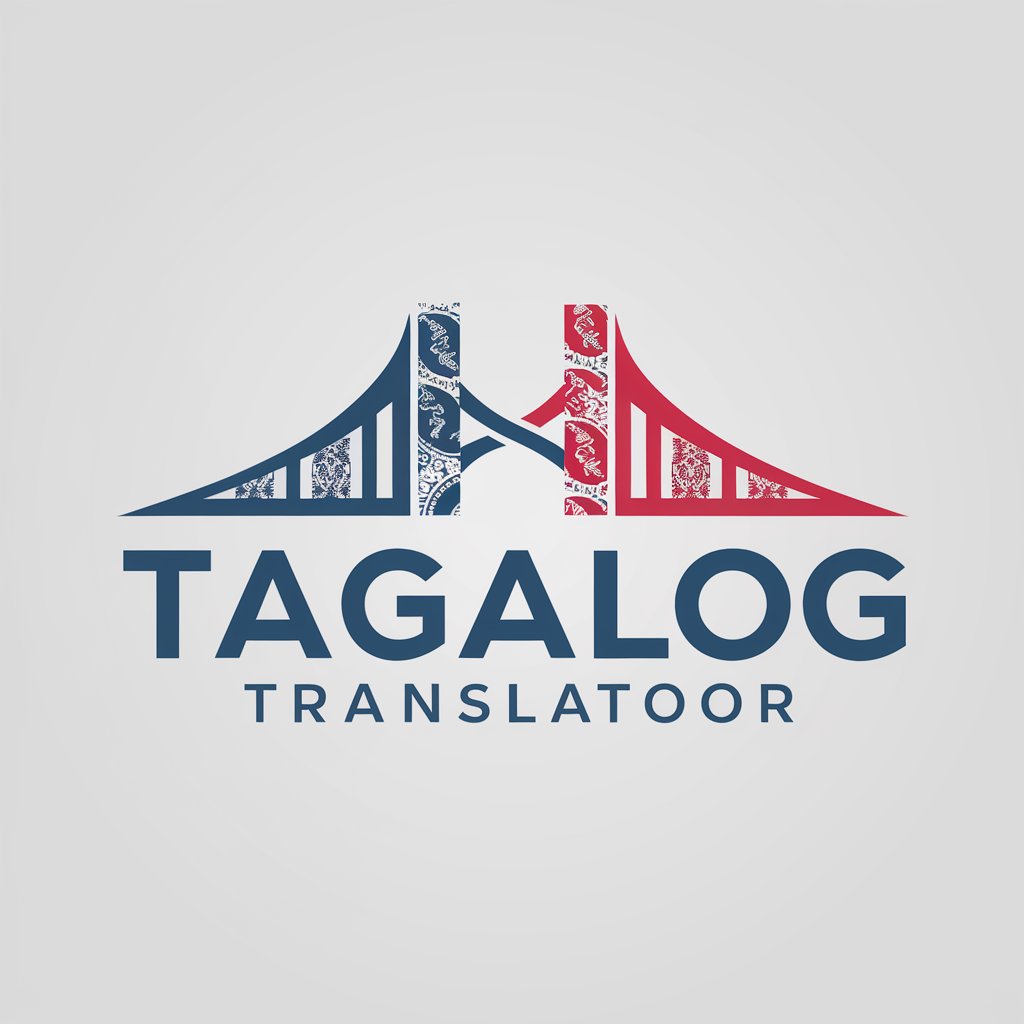
タガログ語↔日本語 翻訳 - Tagalog-Japanese Translation

Welcome! Ready to translate Japanese and Tagalog for you.
Seamless AI-Powered Language Translation
Translate the following Japanese text to Tagalog:
Please convert this Tagalog sentence to standard Japanese and Kansai dialect:
How would you say this in Tagalog?
Could you translate this Tagalog phrase into both standard and Kansai dialect Japanese?
Get Embed Code
Introduction to タガログ語↔日本語 Translation Service
The タガログ語↔日本語 Translation Service is designed to facilitate communication between speakers of Tagalog and Japanese by providing accurate and contextually relevant translations. Its primary purpose is to bridge the language gap, enabling smoother interactions in various contexts, such as personal communication, business, education, and tourism. This service is not just a simple word-for-word translation tool; it considers cultural nuances, idiomatic expressions, and context to ensure the translated content maintains the original message's integrity and tone. For example, if a user inputs a sentence in Japanese that includes a culturally specific reference, the service will translate it into Tagalog in a way that conveys the same meaning, even if it requires a more detailed explanation. Powered by ChatGPT-4o。

Main Functions of タガログ語↔日本語 Translation Service
Bilingual Translation
Example
Translating a Tagalog business proposal into Japanese for a corporate meeting.
Scenario
A Filipino company preparing a business proposal for a Japanese partner uses the service to ensure clear and professional communication.
Cultural Nuance Integration
Example
Converting a Japanese idiom into its Tagalog equivalent, preserving its cultural essence.
Scenario
A Japanese author wants to publish their book in the Philippines and uses the service to adapt idiomatic expressions for the local audience.
Dialogue Translation for Travel and Communication
Example
Translating travel inquiries from Japanese to Tagalog for a tourist visiting the Philippines.
Scenario
Japanese tourists planning a trip to the Philippines use the service to communicate with local businesses, such as hotels and tour operators, in Tagalog.
Educational Material Translation
Example
Translating educational resources from Tagalog into Japanese for academic purposes.
Scenario
Educational institutions offering language courses to students of both languages use the service to translate textbooks, exams, and instructional materials.
Ideal Users of タガログ語↔日本語 Translation Services
Business Professionals
Business professionals engaging in trade or partnerships between Japan and the Philippines would benefit from accurate translations for contracts, emails, and business presentations, facilitating clear and effective communication.
Travelers and Expatriates
Travelers visiting Japan or the Philippines and expatriates living in these countries would find the service invaluable for everyday communication, understanding local culture, and navigating legal or administrative paperwork.
Students and Academics
Students learning Japanese or Tagalog and academics researching the languages, literature, or cultural aspects of Japan and the Philippines would benefit from precise translations for educational materials, research papers, and cross-cultural studies.
Authors and Content Creators
Authors looking to publish their work in a different language and content creators aiming to reach a wider audience can use the service to adapt their content while retaining the original message's emotional and cultural depth.

How to Use Tagalog↔Japanese Translation
1
Visit yeschat.ai for a free trial without login, also no need for ChatGPT Plus.
2
Choose the Tagalog↔Japanese translation option from the available services to start your translation journey.
3
Input your text in the language you wish to translate from (Tagalog or Japanese) into the designated text box.
4
Press the 'Translate' button to convert your text into the target language. The system will automatically detect and translate between Tagalog and Japanese.
5
Review the translated text and use the 'Edit' feature to make adjustments if necessary for more accurate translations.
Try other advanced and practical GPTs
Mystery Weaver
Craft Your Mystery, Shape Your Story

墨影雅思
Unveiling Art's Essence with AI

Shalotte
Craft Engaging Stories with AI

缠中说禅 (Expert in Chan's)
AI-Powered Stock Market Mastery

Storyteller English Challenge
Learn English Through Enchantment

Ikigai GPT
Navigating life's journey with AI wisdom

ForexChat
Empowering Forex Decisions with AI

DineFinder
AI-powered Culinary Discovery

Fiscal Genius
AI-powered financial analysis at your fingertips

老中医(Chinese Medicine AI)
AI-Powered Traditional Chinese Health Wisdom

Get Booked on Podcasts
Amplify your voice with AI-powered podcast booking.

Non Fiction Book Editor
Refining Non-Fiction with AI Expertise

FAQs about Tagalog↔Japanese Translation
What languages does the Tagalog↔Japanese translation tool support?
The tool supports translations between Tagalog and Japanese, including direct translations and interpretations across these two languages.
Can I use this tool for professional translation purposes?
Yes, the Tagalog↔Japanese translation tool is designed to cater to both casual and professional translation needs, including documents, emails, and academic texts.
Is there a limit to the length of text I can translate?
While there's no strict limit, extremely long texts may require more time for translation and could affect the tool's performance. It's recommended to translate large texts in segments.
How accurate are the translations provided by this tool?
The translations are highly accurate, thanks to the AI's learning from a vast corpus of language data. However, for highly specialized or context-specific texts, manual review is recommended.
Are there any tips for ensuring the best translation quality?
For optimal results, ensure your input text is clear and free from typos. Use standard language instead of slang or dialects for better accuracy. Contextual clues can also help improve translation quality.





